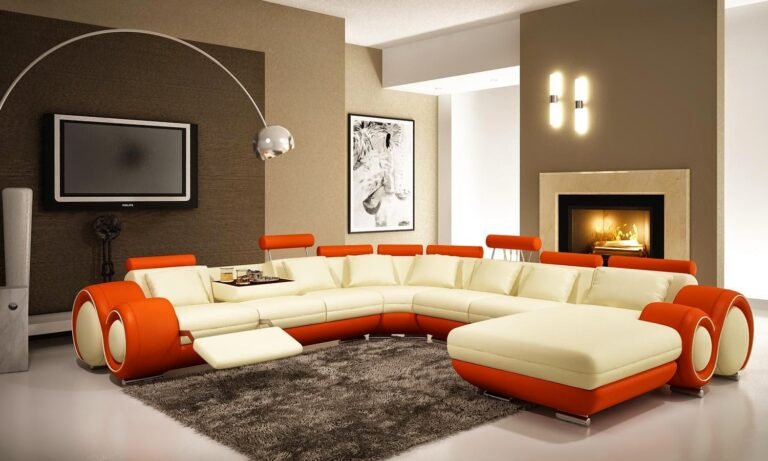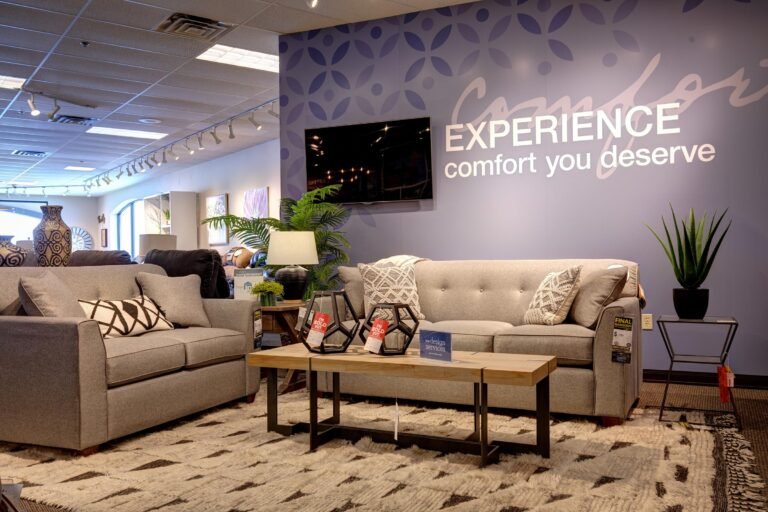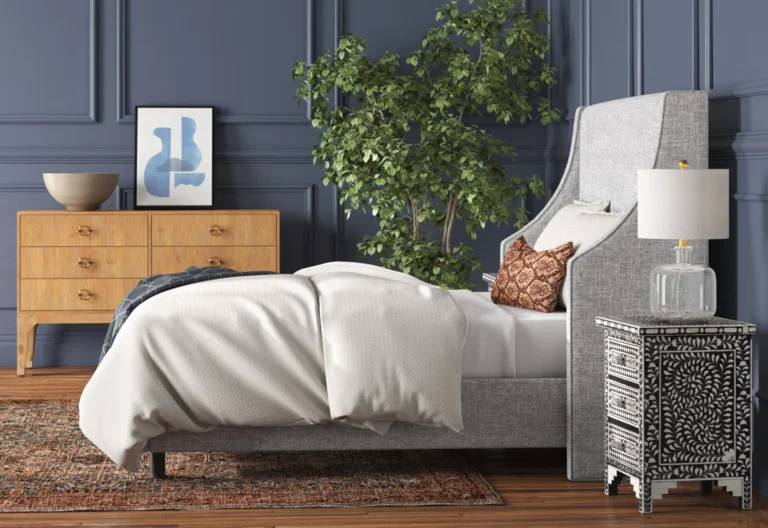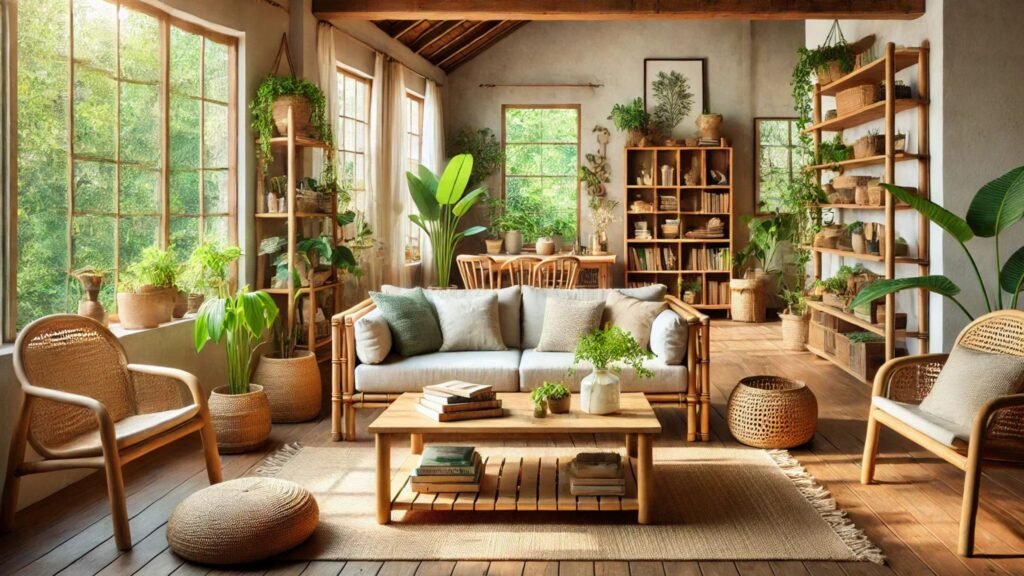
In an age where climate awareness and mindful living are increasingly important, choosing furniture that’s both beautiful and environmentally responsible is a smart move. Eco‑friendly furniture isn’t just a trend—it’s a deliberate step toward reducing waste, conserving resources, and creating a healthier home environment. Let’s explore how to select sustainable furniture and what materials and design principles to look for.
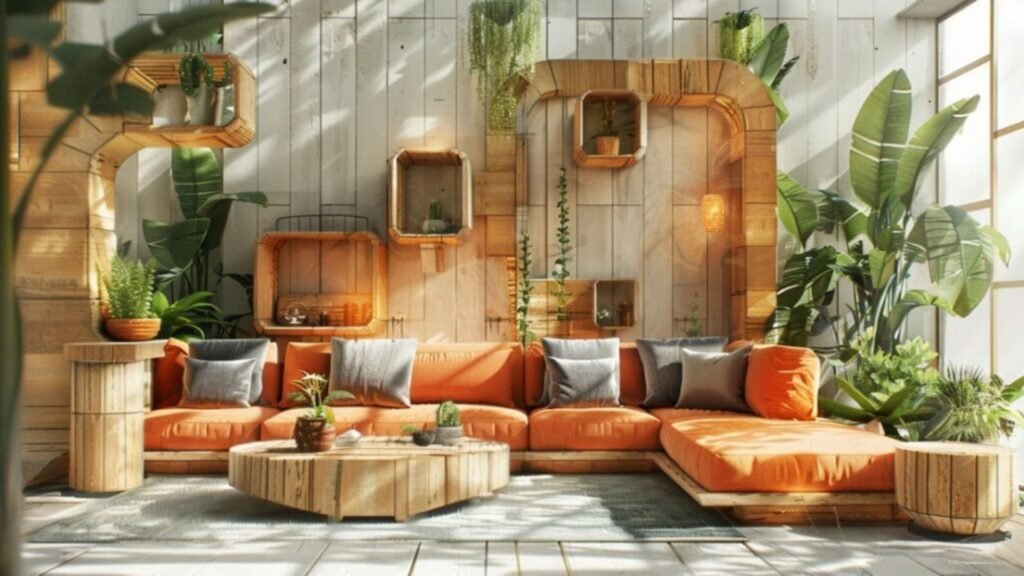
Why Choose Sustainable Furniture?
When you opt for sustainable furniture, you’re making a meaningful impact:
-
You reduce deforestation and lessen reliance on virgin materials by choosing reclaimed, recycled, or responsibly sourced materials.
-
You help lower carbon emissions and reduce landfill waste by selecting durable pieces and materials that last.
-
You improve indoor air quality by avoiding furniture treated with harmful chemicals or heavy VOCs (volatile organic compounds).
In other words, sustainability in furniture adds value both to your home and to the planet.
Key Materials & Certifications to Look For
Sustainable Materials
-
Reclaimed wood: Using timber from old buildings or discarded sources gives wood a second life and reduces logging.
-
Bamboo: Fast‑growing and renewable, bamboo is strong and ideal for furniture frames or accents.
-
Cork & rattan: Light, renewable, and biodegradable — these bring texture and eco‑character to furniture.
-
Recycled metal/plastic: Materials repurposed from waste boost durability and reduce fresh‑material demand.
-
Natural fabrics & fillings: Organic cotton, linen, hemp, and wool upholstery avoid synthetic chemicals and support eco‑farming.
Trusted Certifications
-
FSC (Forest Stewardship Council): Ensures wood is from responsibly managed forests.
-
GREENGUARD: Verifies low chemical emissions from furniture, helping improve indoor air quality.
-
GOTS (Global Organic Textile Standard): Uses organic textiles grown without harmful chemicals.
-
Cradle to Cradle: Furniture designed for reuse, recycling, or the circular economy.
When shopping, these labels make it easier to identify genuinely sustainable pieces.
Design Principles That Support Sustainability
Timeless Design & Quality
Choose pieces that will last and never go out of style. A well‑built piece stays in your home longer and avoids early replacement.
Modular or Adaptable Furniture
Furniture that can evolve with your life—expandable tables, modular sofas, replaceable parts—reduces future waste.
Local & Ethical Production
Supporting brands that source locally, employ ethical labor practices, and minimize transport emissions adds to the sustainability story.
Upcycling & Vintage
Consider secondhand or upcycled furniture as a smart way to avoid new production altogether and keep resources in use.
Practical Tips for Your Home
-
Measure well: Buy pieces that fit your space and lifestyle, reducing the need for frequent replacement.
-
Inspect materials: Ask about the source of the wood, certifications, fabric origins, and chemical finishes.
-
Check durability: Look for solid joints, replaceable parts, and a structure that will stand the test of time.
-
Think long‑term: Choose timeless over trendy—so your furniture stays relevant and usable for years.
-
Maintain smartly: Use gentle cleaning products, care for natural materials properly, and keep your pieces in good shape.
Bringing Style & Sustainability Together
Eco‑friendly doesn’t mean boring. You can still have furniture that looks modern, stylish, and high‑end:
-
A reclaimed‑timber dining table paired with sleek minimalist chairs gives rustic charm and modern lines.
-
A bamboo shelving unit with rattan baskets adds texture and natural warmth.
-
Upholstered seating with organic linen and neutral tones offers understated elegance with eco‑credentials.
-
Add recycled‑metal accent pieces (like side tables or frames) for a touch of industrial chic.
Final Thoughts
Choosing sustainable furniture is a smart investment—in your home, your health, and the planet. By selecting responsibly sourced materials, looking for trusted certifications, and embracing well‑designed, long‑lasting pieces, you’ll create a space that’s both stylish and ethically grounded. Your modern home can reflect your values without compromising on livability or design.

